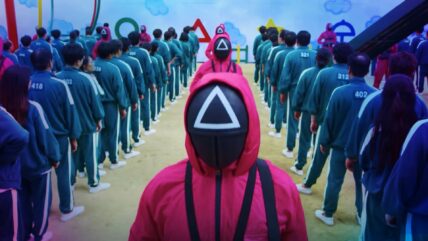
For nearly twenty minutes, my eyes marveled at the sight of Harrison Ford’s Indiana Jones, still as young-looking as he was in Raiders of the Lost Ark, leaping through, around, and atop a speeding German train, walloping Nazis while attempting to recover an ancient artifact known as the Antikythera in the opening sequence of James Mangold’s Indiana Jones and the Dial of Destiny review.
Digital de-aging has advanced significantly over the years, yet the best directors to date have found ways to embrace the technology’s slightly unnatural appearance. I first felt like I was seeing the actual thing while watching this Indiana Jones and the Dial of Destiny review.
The Environment
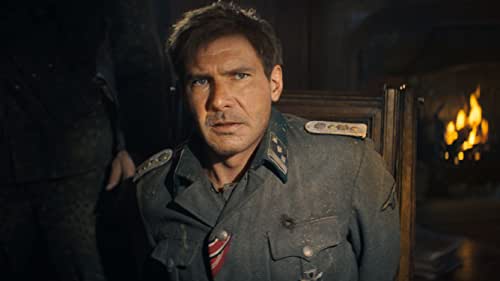
History is Indiana Jones’s passion, and that subject permeates right off the screen and into us. It is the chase of history, its commodification, and our inescapable fate to live within it. After all, the fifth and final film in the series, Indiana Jones and the Dial of Destiny review, just had its Cannes debut and will hit theaters this summer. Raiders was released 42 years ago, before I was even born. As you watch it now, you are reminded that you are also living through history. Those movie stars appear much older.
Ford had already attained a special kind of immortality as a lengthy prominent Hollywood performer and hitmaker in this Indiana Jones and the Dial of Destiny review. However, Indy-ologists were more interested in the possibility of perpetual life being bestowed to Indy by the Holy Grail when he takes a sip from it in his third adventure, The Last Crusade (1989).
It’s very obvious from his most recent project, the overcrowded but not altogether unlikable Indiana Jones and the Dial of Destiny review that while Indy may not actually be immortal, the team in charge of this edition wishes he was. Not only have they given the character a second chance, but they have also given him a digital makeover.
Check Out: Rise of the Beasts Review: Transformers Franchise in Upswing
The Film’s Charm
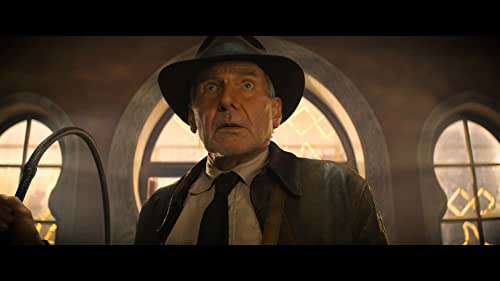
Of all, the movie isn’t about the young Indiana Jones; it’s about the elderly Dr. Henry Jones, who is set to retire from his job of instructing lethargic Hunter College students in archaeology while binge drinking in a filthy New York apartment. Man has just set foot on the moon in 1969, and Indy has just received divorce papers in this Indiana Jones and the Dial of Destiny review. Helena Shaw (Phoebe Waller-Bridge), the adventurous daughter of his former coworker Basil Shaw (Toby Jones, who we last saw with Indy in that opening sequence), enters his life.
She intends to take him on a search for the Antikythera, which was purportedly created by the Greek scholar Archimedes as part of an apparatus to foretell rifts in the very fabric of time. We’re told that toward the end of his life, Helena’s father developed an obsession with it. Jurgen Voller (Mads Mikkelsen), a former Nazi who is now a coveted scientist in the American space program, is also pursuing it (and, by extension, them).
Although Voller is a former soldier, he is not remorseful: Voller wants to utilize Archimedes’ dial to travel through time and prevent Germany from losing the war in this Indiana Jones and the Dial of Destiny review.
What or who are we specifically examining here, and why? You find yourself examining the lightly scruffed but artificially smoothed features of Ford’s mug and pondering just that as Indy launches himself into a routine round of life-defying antics.
It’s still a gorgeous mug, and it’s one of the reasons why this shabby series, which was first created by George Lucas and directed by Steven Spielberg as a parody of the weekend action-adventure serials they adored as kids, is still going strong in its fourth decade in this Indiana Jones and the Dial of Destiny review. However, it’s startling to see Ford’s visage briefly transformed into a special effect — a collection of photos pulled from the Lucasfilm vault, in the most recent instance of artificial intelligence infiltrating high-budget filmmaking.
Read More: Bama Rush Documentary Review: Fails to Unpack Rush Practices
An Action-Fueled Ignorance
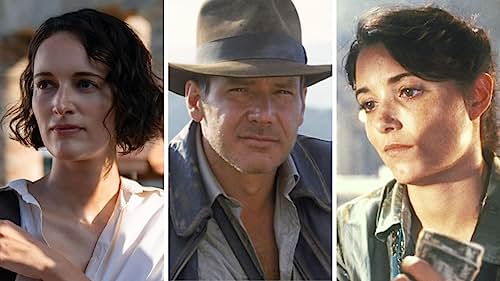
Mangold (one of the script’s four credited writers, along with Jez Butterworth, John-Henry Butterworth, and David Koepp) believes that you will be too engrossed in the action to give these issues anything more than a passing thought in this Indiana Jones and the Dial of Destiny review.
Possibly also overcome by your own nostalgia: The runaway train that serves as the backdrop for the first of Indy’s numerous high-speed brawls serves as a quick and enjoyable trip down memory lane in this Indiana Jones and the Dial of Destiny review. The film here attempts to deliver a smorgasbord of old Indy blockbuster pleasures despite the fake-looking synthetic landscape, the crowded, tension-free action, and Spielberg’s absence from the director’s chair.
The film then skips over World War II and fast-forwards to 1969, arriving at the depressing scene of Indy (Ford, this time without digital airbrushing) drinking and moping around in his New York City apartment. Every furrow of Indy’s sagging body and wrinkle of his wrinkled face reveals regret and grief.
His long academic career is drawing to an end, as is his marriage to Marion (Karen Allen), his girlfriend and fellow explorer in this Indiana Jones and the Dial of Destiny review. While revelers celebrating the moon landing and protesting the Vietnam War fill the streets below his window. What place is there for Henry Jones, who has found his thrill, his fulfillment, and his significance in the past, in a world that is becoming more and more consumed by present-day dangers and future frontiers?
Ford’s Captivating Presence
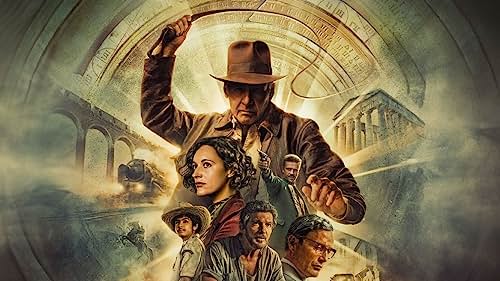
The situation gets better when the action shifts to 1969 and Ford and his gorgeous, lived-in, expressively alive face appear, with Indy groggily waking up wearing only boxer shorts. This introduction causes chuckles, admiration, and sad sensations because Ford’s years are carved into every crease.
Following some further preliminaries, Indy settles into his customary fast-paced groove with well-known friends, enemies, narrative beats, and action-movie clichés in this Indiana Jones and the Dial of Destiny review. One such friend is Helena Shaw (Phoebe Waller-Bridge from “Fleabag”), a wisenheimer with moral issues. The script, which was written by Jez Butterworth, John-Henry Butterworth, David Koepp, and Mangold, keeps rehashing the best lines, at times almost blow-for-blow and kiss-for-kiss.
Yes, ironic for a film produced by a firm that shamelessly spends much of its money eating its own tail and is based on massive amounts of nostalgia in this Indiana Jones and the Dial of Destiny review. In fact, long before the fedora made an appearance on the big screen, the entire Indiana Jones idea was influenced by nostalgia.
Like that other franchise Ford started, the Indy series is both original and pastiche, contemporary-feeling and set in another time, another place, a world that is very, very far away. Harrison Ford’s whip-cracking adventurer is descended from the swashbuckling heroes of pulp stories and matinee films that George Lucas and Steven Spielberg loved as children in this Indiana Jones and the Dial of Destiny review.
Check Out: Spider-Man: Across the Spider-Verse Review: A Visually Stunning Sequel
Ford’s (and Indy’s) Aging
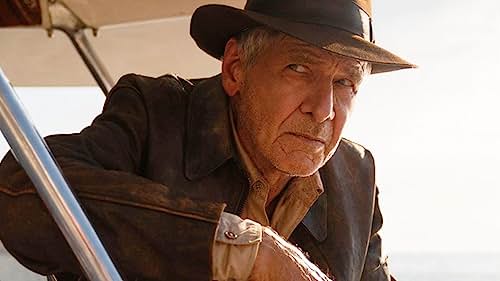
In what seems like every scene, Mangold’s movie is about Indiana Jones accepting his mortality. He is no longer the exuberant young man we knew and adored in this Indiana Jones and the Dial of Destiny review. He no longer has those days, they have cost him greatly, and he is unsure of what he has to show for them.
The picture has some novelty thanks to this pervasive sadness, which contrasts with the familiarity of an Indiana Jones movie in this Indiana Jones and the Dial of Destiny review. Therefore, there must be an equilibrium.
One of the major elements that distinguish an Indiana Jones film as an Indiana Jones film is the supporting cast, and this Indiana Jones and the Dial of Destiny review features a fantastic group of them. Indy requires a worthy contrast, and Helena is more than capable of filling that role with him being old, slow, and grumpy for extended periods of time.
Waller-Bridge has developed a dashing, humorous, villainous character in Helena who, in all honesty, reminds one of Indiana Jones when he was younger in this Indiana Jones and the Dial of Destiny review. She is a badass, incredibly intelligent, and we are never quite sure of her allegiances. Although she and Indy have a history, he has never been there for her, and she constantly reminds him of this.
The Villain
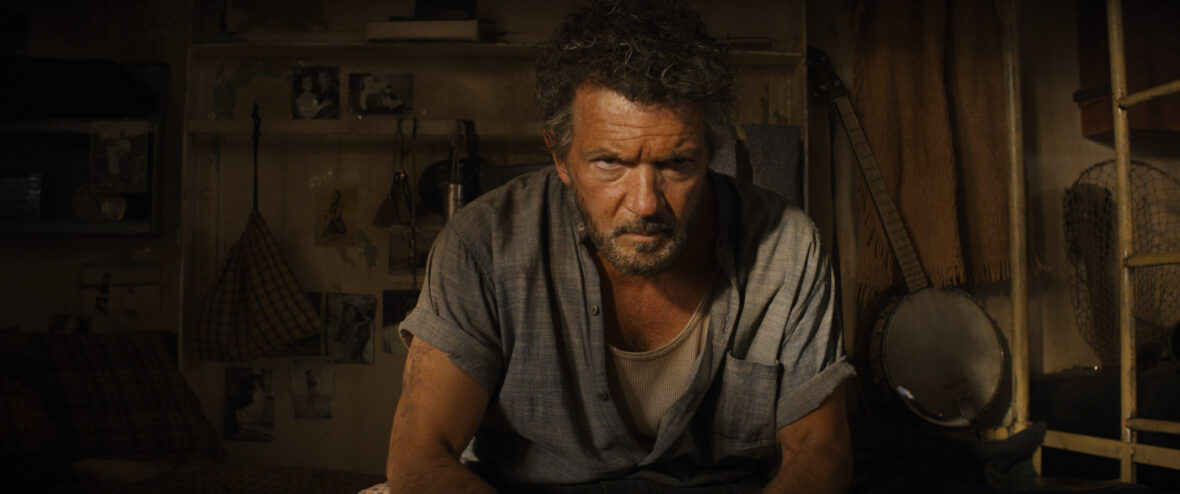
The villain of Indiana Jones and the Dial of Destiny, Jürgen Voller, played by Mads Mikkelsen, is another element that connects it to the earlier movies. Like many other Indy villains before him, Voller is a Nazi. In the initial scene, we see him as a young man, then later, in the year 1969, echoing Indy’s journey, we see him as an older man.
Everyone believes that the Nazis are gone in 1969, and for the most part they are in this Indiana Jones and the Dial of Destiny review. The contrast between the wicked Nazi ideals of the past and what a Nazi might desire to do if they were to survive decades later is effectively bridged by Voller’s character, a scientist in the mold of Wernher Von Braun. Although Voller is a tough antagonist, he isn’t as comical or entertaining to watch as other prior Indy antagonists.
Check Out: Boston Strangler Review: Not Our Favorite True Crime Movie
Final Thoughts
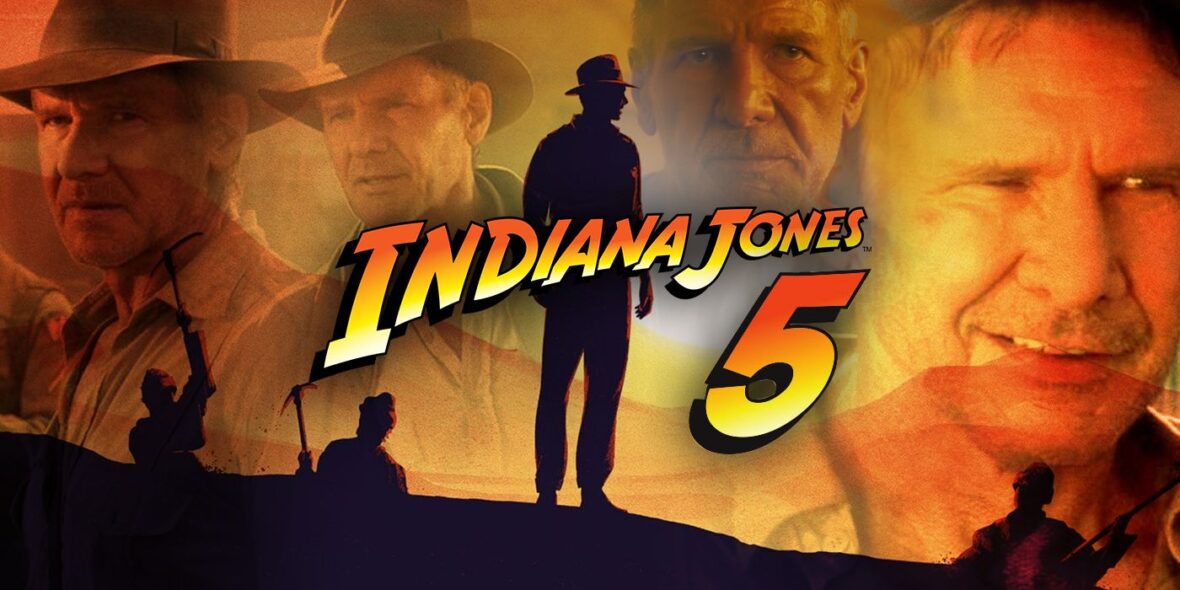
The movie’s third act is a classic, but we won’t give anything away here. You recall the unveiling of the Ark of the Covenant. You may still clearly recall the Thuggee’s escape in this Indiana Jones and the Dial of Destiny review. You are aware of the Holy Grail’s tribulations. Indiana Jones and the Dial of Destiny’s climax is not only as unforgettable as others, but it might perhaps beat them all for sheer boldness. We also thought it was a really sensitive, very emotive, very amusing approach to tackle a massive, giant, properly unbelievable notion, despite the fact that it will undoubtedly cause controversy.
Of all, his immortality in popular culture is already guaranteed, and it is in this tension that Indiana Jones and the Dial of Destiny review finds its subtle poignancy. It’s important to bear in mind that Spielberg and Lucas created Indiana Jones, a true man of history, in an effort to preserve their own favorite film histories. However, they ultimately created some not unimportant film histories of their own in this Indiana Jones and the Dial of Destiny review.
Even if Indiana Jones and the Dial of Destiny review only becomes a little footnote in that history, that is still significant. It contains a confusing but on-brand addendum, a tarnished curio, a passable epilogue, and, whether consciously or unintentionally, a lament for the past of the movie business. With its flawless, largely soulless digital brilliance, Hollywood reminds us of all it can accomplish right now as well as everything it can’t achieve and likely never will again. It belongs in a theater of movies, or a museum.
More About:Movie Reviews



